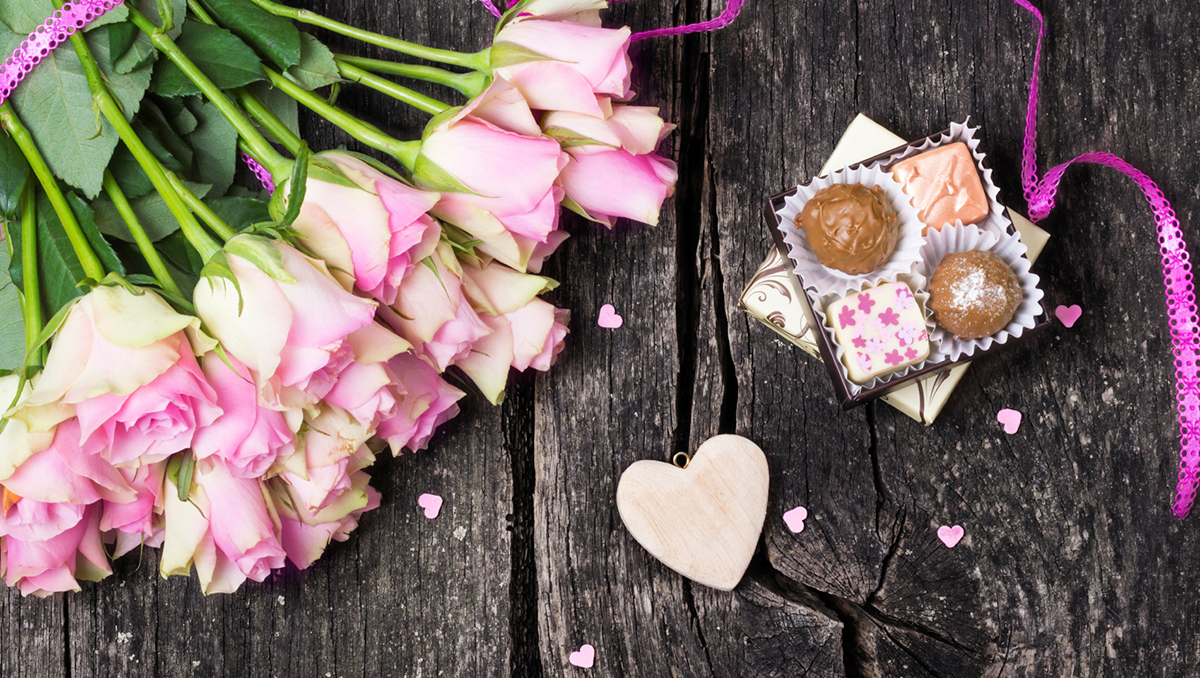日本のバレンタインデーを英語で説明しよう~Valentine's Day in Japan~
日本文化を説明する時の
お役立ち英語ガイド

日本人にとって当たり前すぎて疑問にも思わないこと、外国人に聞かれて困ることありますよね? 起源や単語を調べて…、なんて結構大変な作業です。ここにまとめてみたので、会話したり指さしなどしてコミュニケーションしてみましょう。
日本のバレンタインデーってどんなもの?
お正月を過ぎると、赤やピンクの装飾と共にいろんな種類のギフト用チョコレートがデパート、スーパー、コンビニエンスストアなどで売られ始めます。日本のバレンタインデーは女性が好意を抱く男性にチョコレートをあげて、愛情を伝えます。これは「本命チョコ」と呼ばれ、恋人同士でも夫婦間でも女性から男性へ渡されるものです。
この文化が定着したのは60年代や70年代ころと言われています。日本のお菓子メーカーが仕掛けた、「バレンタインデーには好きな男性にチョコレートを贈ろう」というキャンペーンが始まりと言われています。商材の欲しかったお菓子メーカーと何かきっかけが欲しかった日本人女性の市場がマッチングしたと言えそうです。
また、「本命チョコ」をあげるほど好きではないけれど、日頃の感謝の気持ちを友人や同僚に伝える「義理チョコ」、主に学生(女性)がクラスメイトたちと安価なチョコレートを交換する「友チョコ」など、いろんな人とチョコレートを交換する習慣もあります。チョコレートは子ども用の安いもので50円程度からあり、3000円程度までが平均金額と言えます。かわいいキャラクターものや、有名菓子店やホテルの商品まで、バレンタイン専用のセットが発売されたりと1年で一番チョコレートがお店に並ぶ時期です。
しかし最近では、校内・社内での「バレンタインデー禁止」という規則がある場合もあります。
そして欧米諸国との最大の違いは、ホワイト・デーがあることです。1ヵ月後の3月14日に、バレンタインデーのお礼を男性が女性にする日として定着していて、飴やクッキー、マシュマロをお返しするのが定番になっています。
What is valentine's day like in Japan?
As soon as the New Year holiday is over in Japan, supermarkets and convenience stores start promoting Valentines’s Day. Stores are decorated in red and pink, with displays of many different types of chocolate. Valentine's Day sees the biggest amount and variety of chocolates displayed in stores than at any other time of year. There are many chocolates with cute characters, high-quality brand name chocolates, and even homemade chocolate kits are available.
Valentine’s Day in Japan is different than in the West. Rather than couples exchanging cards or gifts, only women give gifts on Valentine's Day in Japan. Normally the gift is of chocolate, and if this is given to someone the woman loves it is called “Honmei-choco”. This uniquely Japanese take on Valentine’s Day started in 1960s when a confectionery company ran a promotion encouraging women to send chocolate to men they like, which was a clever way to increase sales by giving Japanese women an excuse to send a gift to a man they cared about.
There are also other types of chocolate gifts. “Giri-choco” are given by women to male friends, colleagues and bosses as a sign of appreciation of their relationship, although some companies recently discouraged or even banned “Giri-choco” culture in the office. “Tomo-choco” are exchanged between friends and do not necessarily need to be given to a male. These are are priced from 50yen for young children to about 3,000yen on average.
While in Japan women give on Valentine's Day, they expect men to reciprocate on "White Day", which is a month later on March 14th. Good gifts for men to give women on White Day include candies, cookies, marshmallows and of course chocolate.

ライタープロフィール●Yurika L Fabre
結婚して10年目を迎えたオーストラリア人の夫と、ハーフの子どもたちと都内在住。アメリカ留学やひとり縦断旅、オーストラリアでのワーキングホリデーや大学生生活、仕事を経て学んだ文化や言葉の違いの面白さについて発信している。



















